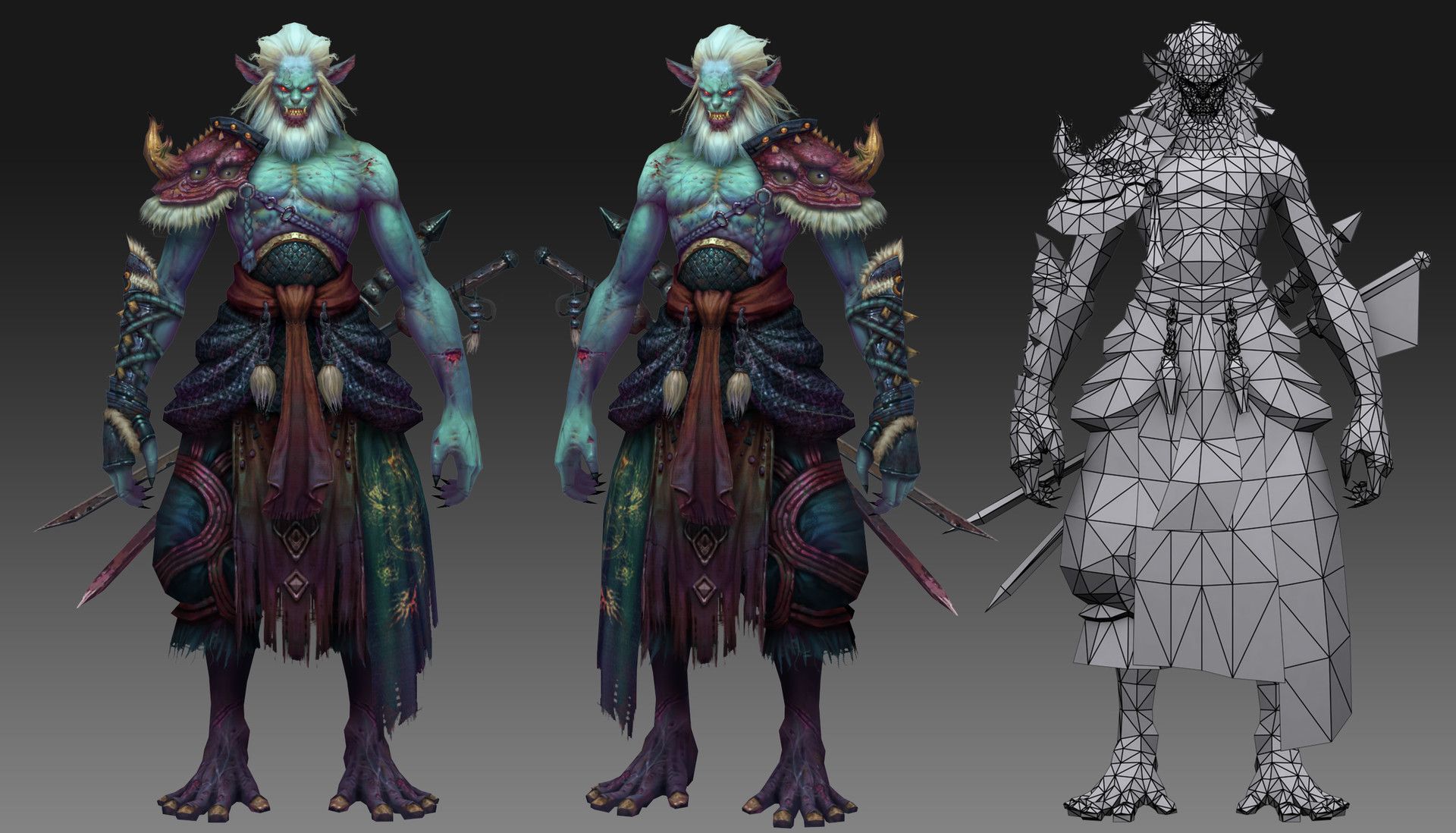3D character modeling and design is the process of creating three-dimensional digital representations of characters, whether they are humans, animals, fantastical creatures, or even inanimate objects with anthropomorphic features. This process involves a combination of artistic skills, technical knowledge, and creativity. Here’s an overview of the steps involved:
- Concept Art: The process often starts with concept art, where artists sketch out ideas for the characters. This helps establish the visual style, personality, and overall design direction.
- Modeling: Once the concept is finalized, 3D artists use specialized software to create a digital mesh that defines the shape of the character. This involves shaping polygons to form the basic structure of the character’s body, face, clothing, and accessories.
- Detailing: After the basic shape is established, artists add finer details to the model, such as wrinkles, folds, muscles, and intricate features. This step adds realism and depth to the character.
- Texturing: Texturing involves applying digital images called textures to the model’s surface. Textures simulate various surface properties like color, roughness, reflectivity, and bumpiness. This step is crucial for giving the character its visual appearance and making it look lifelike.
- Rigging: Rigging is the process of adding a digital skeleton (or rig) to the character, allowing it to be animated. This involves creating a hierarchical system of bones and joints that control the movement of the character’s body parts.
- Animation: Once rigged, the character can be animated. Animators manipulate the rig controls to create movement, expressions, and gestures for the character. This step brings the character to life and gives it personality.
- Rendering: Rendering is the process of generating the final 2D images or frames from the 3D scene. This involves simulating how light interacts with the character and its environment to create realistic images.
- Iterative Process: Throughout the entire process, iteration is key. Artists often go through multiple rounds of feedback and revisions to refine the character’s design, proportions, and details until it meets the desired vision.
3D character modeling and design is utilized in various industries, including animation, video games, film, television, advertising, and virtual reality, to create memorable and engaging characters that resonate with audiences.
